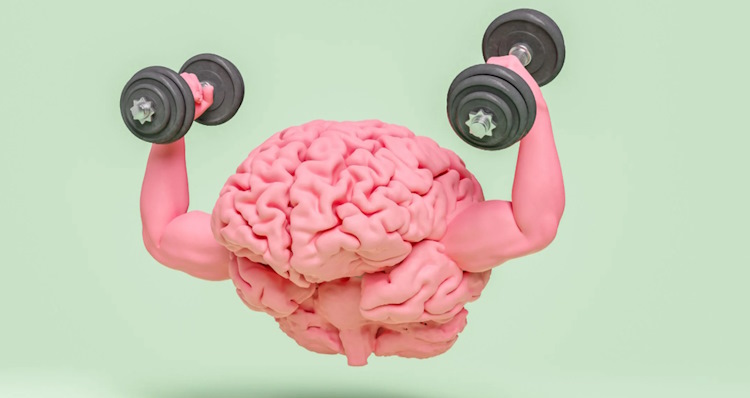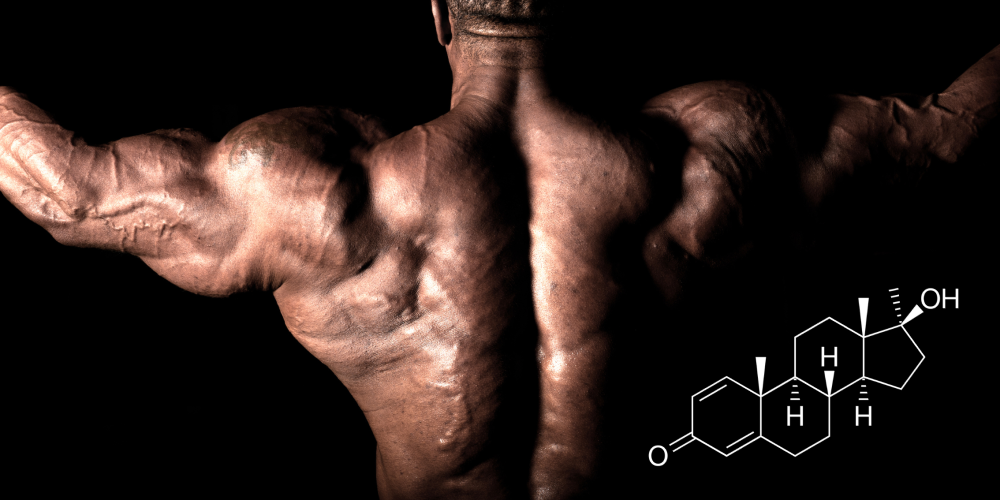Foam rolling – Why is everybody doing it?
Foam rolling has become a popular tool among fitness enthusiasts and athletes for its potential benefits in aiding muscle recovery. Whether you’re a professional athlete or simply someone who enjoys exercising, incorporating foam rolling into your recovery routine may be beneficial for you. In this article, we’ll explore the benefits of foam rolling for muscle recovery.
Firstly, foam rolling is a form of self-myofascial release that involves using a foam roller to apply pressure to specific areas of the body. The foam roller is a cylindrical tool made of foam that can vary in length and density.
During foam rolling, the individual places the foam roller on the ground and positions their body on top of it in a way that targets the desired muscle group. They then use their body weight to apply pressure to the muscle, rolling back and forth along the length of the muscle.
Its main benefits are:
- Tension Release: foam rolling helps to release tension in the muscles and fascia. Fascia is a connective tissue that surrounds and supports the muscles and organs in the body. When we exercise, our muscles can become tense and tight, which can lead to muscle soreness and decreased range of motion. Foam rolling can help to release this tension, allowing for improved mobility and flexibility.
- Blood flow: it also helps to increase blood flow to the muscles, which can aid in the recovery process. When we exercise, we cause small amounts of damage to our muscle fibers. This damage triggers an inflammatory response, which is necessary for muscle repair and growth. Increased blood flow to the muscles can help to deliver nutrients and oxygen to the muscles, which are necessary for muscle repair and growth.
- Muscle soreness: another benefit of foam rolling is that it can help to reduce muscle soreness and stiffness. After a workout, it’s common to experience muscle soreness and stiffness, also known as delayed onset muscle soreness (DOMS). Foam rolling can help to alleviate these symptoms by increasing blood flow to the muscles and reducing muscle tension.
- Posture correction: foam rolling can also be beneficial for improving posture and reducing the risk of injury. Poor posture can lead to muscle imbalances and increased risk of injury. Foam rolling can help to release tension in the muscles that are responsible for maintaining proper posture, which can improve posture and reduce the risk of injury.
- Recovery: lastly, foam rolling can be a form of active recovery, which can be beneficial for overall recovery and performance. Active recovery refers to low-intensity exercise or movement that helps to promote blood flow and muscle recovery. Foam rolling can be a form of active recovery that can be done at any time and in any location.
In conclusion, foam rolling can be a valuable tool for muscle recovery and overall fitness. By releasing tension in the muscles and fascia, increasing blood flow to the muscles, reducing muscle soreness and stiffness, improving posture, and serving as a form of active recovery, foam rolling can help you achieve your fitness goals and improve your overall well-being. So next time you finish a workout, consider adding foam rolling to your recovery routine to experience these benefits for yourself.









